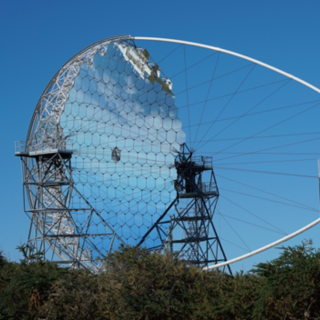IceCube Collaboration; Aartsen, M. G.; Ackermann, M.; Adams, J.; Aguilar, J. A.; Ahlers, M.; Ahrens, M.; Al Samarai, I.; Altmann, D.; Andeen, K.; Anderson, T.; Ansseau, I.; Anton, G.; Argüelles, C.; Auffenberg, J.; Axani, S.; Bagherpour, H.; Bai, X.; Barron, J. P.; Barwick, S. W.; Baum, V.; Bay, R.; Beatty, J. J.; Becker Tjus, J.; Becker, K.-H.; BenZvi, S.; Berley, D.; Bernardini, E.; Besson, D. Z.; Binder, G.; Bindig, D.; Blaufuss, E.; Blot, S.; Bohm, C.; Börner, M.; Bos, F.; Böser, S.; Botner, O.; Bourbeau, E.; Bourbeau, J.; Bradascio, F.; Braun, J.; Brenzke, M.; Bretz, H.-P.; Bron, S.; Brostean-Kaiser, J.; Burgman, A.; Busse, R. S.; Carver, T.; Cheung, E.; Chirkin, D.; Christov, A.; Clark, K.; Classen, L.; Coenders, S.; Collin, G. H.; Conrad, J. M.; Coppin, P.; Correa, P.; Cowen, D. F.; Cross, R.; Dave, P.; Day, M.; de André, J. P. A. M.; De Clercq, C.; DeLaunay, J. J.; Dembinski, H.; De Ridder, S.; Desiati, P.; de Vries, K. D.; de Wasseige, G.; de With, M.; DeYoung, T.; Díaz-Vélez, J. C.; di Lorenzo, V.; Dujmovic, H.; Dumm, J. P.; Dunkman, M.; Dvorak, E.; Eberhardt, B.; Ehrhardt, T.; Eichmann, B.; Eller, P.; Evenson, P. A.; Fahey, S.; Fazely, A. R.; Felde, J.; Filimonov, K.; Finley, C.; Flis, S.; Franckowiak, A.; Friedman, E.; Fritz, A.; Gaisser, T. K.; Gallagher, J.; Gerhardt, L.; Ghorbani, K.; Glauch, T.; Glüsenkamp, T.; Goldschmidt, A. et al.
Bibliographical reference
Science, Volume 361, Issue 6398, id. eaat1378 (2018).
Advertised on:
7
2018
Journal
Citations
930
Refereed citations
713
Description
Previous detections of individual astrophysical sources of neutrinos are
limited to the Sun and the supernova 1987A, whereas the origins of the
diffuse flux of high-energy cosmic neutrinos remain unidentified. On 22
September 2017, we detected a high-energy neutrino, IceCube-170922A,
with an energy of ~290 tera-electron volts. Its arrival direction
was consistent with the location of a known γ-ray blazar, TXS
0506+056, observed to be in a flaring state. An extensive
multiwavelength campaign followed, ranging from radio frequencies to
γ-rays. These observations characterize the variability and
energetics of the blazar and include the detection of TXS 0506+056 in
very-high-energy γ-rays. This observation of a neutrino in spatial
coincidence with a γ-ray-emitting blazar during an active
phase suggests that blazars may be a source of high-energy neutrinos.
Related projects

Particle Astrophysics
The members of the Particle Astrophysics Group of the IAC participate actively in three large international collaborations of high-energy astrophysics: AMS-02 (Alpha Magnetic Spectrometer), the Cherenkov radiation telescopes MAGIC I and II and the Cherenkov Telescope Array Observatory ( CTAO). We also participate in the ASTRI mini-array, the gamma
Mónica Luisa
Vázquez Acosta